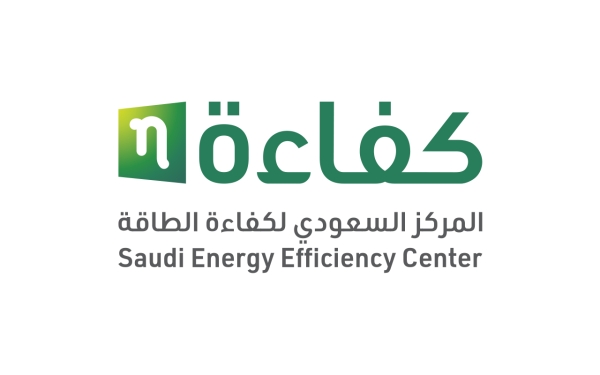

The Saudi Energy Efficiency Center (SEEC) is the entity responsible for rationalizing the production and consumption of all forms of energy in the Kingdom of Saudi Arabia across all sectors including industry, buildings, land transportation, electricity and water production.
SEEC establishment
SEEC was established by a decision of the Council of Ministers in 2010. The decision stipulated the transformation of the National Energy Management and Conservation Program in KACST into a permanent center for energy rationalization at the national level. The center enjoys a legal personality and financial and administrative independence.
In 2011, another decision by the Council of Ministers was issued to regulate the center, defining its tasks, roles, financial resources, etc. In 2018, a new regulation was issued to accommodate developments, including energy use in electricity generation and water desalination. This also includes electricity transmission and distribution, as well as the use of fuel in the industrial sector.
SEEC tasks
One of SEEC's main roles is to establish benchmarks to rationalize electricity usage. Approximately 39 percent of the Kingdom's total oil and gas production is consumed domestically, with air conditioning units alone consuming over half of the electricity produced in the Kingdom.
SEEC collaborates with relevant entities, such as Saudi Standards, Metrology, and Quality Organization, to develop and establish energy efficiency labels for various products. These labels include fuel economy, car tires, household washing machines, refrigerators and freezers, lighting, heaters, air conditioning units, etc.
Product classification from SEEC
Product efficiency is measured according to an energy efficiency label, with higher efficiency resulting in a green rating and lower efficiency leading to a red rating. Products are divided into three types:
Home appliances and electrical products, including the following data: product type, country of manufacture, technical specifications, model number, annual product consumption, brand, and QR code.
Fuel economy: The label is divided into three sections. The top section includes vehicle data, e.g., manufacturer's name, brand name, model year, engine capacity, drive type, transmission type, and number of passengers. The middle section consists of seven levels, ranging from excellent to very poor, along with the fuel consumption rate in km/l. The bottom section includes the type of fuel (gasoline with octane ratings of 91 or 95, electricity, diesel).
Tire energy efficiency: The top section includes detailed information about the tire, such as the name, model, size, speed rating, and load index. The middle section contains energy efficiency levels and wet grip.
Services provided by SEEC
SEEC carries out several tasks in accordance with regulatory arrangements. These tasks include raising awareness about excessive electricity consumption, identifying energy indicators and efficiency, and developing programs to reduce consumption. SEEC also collaborates with relevant entities to establish standard specifications that enhance the efficiency of device consumption, lighting systems, and means of transportation. Additionally, it monitors the compliance of building, transportation, and industrial sectors with energy efficiency standards. It is also responsible for preparing reports and conducting research in its field of expertise.
SEEC offers a variety of services, encompassing activities such as licensing and auditing energy service providers, promoting energy efficiency, conducting energy audits for industrial facilities, training local professionals and government employees, as well as educating the public about the significance of rationalizing electricity through national campaigns like To Last, launched in 2014, Improving Energy Efficiency in Government Entities program, and Estbdal initiative.
SEEC conducts its operations from its headquarter in the capital, Riyadh. It has a board of directors comprised of twenty-two representatives from various government entities, in addition to other members. The board of directors holds the primary authority in supervising SEEC's affairs management and operations, and it maintains an organizational connection with the Minister of Energy, who chairs the board.
Related quizzes

